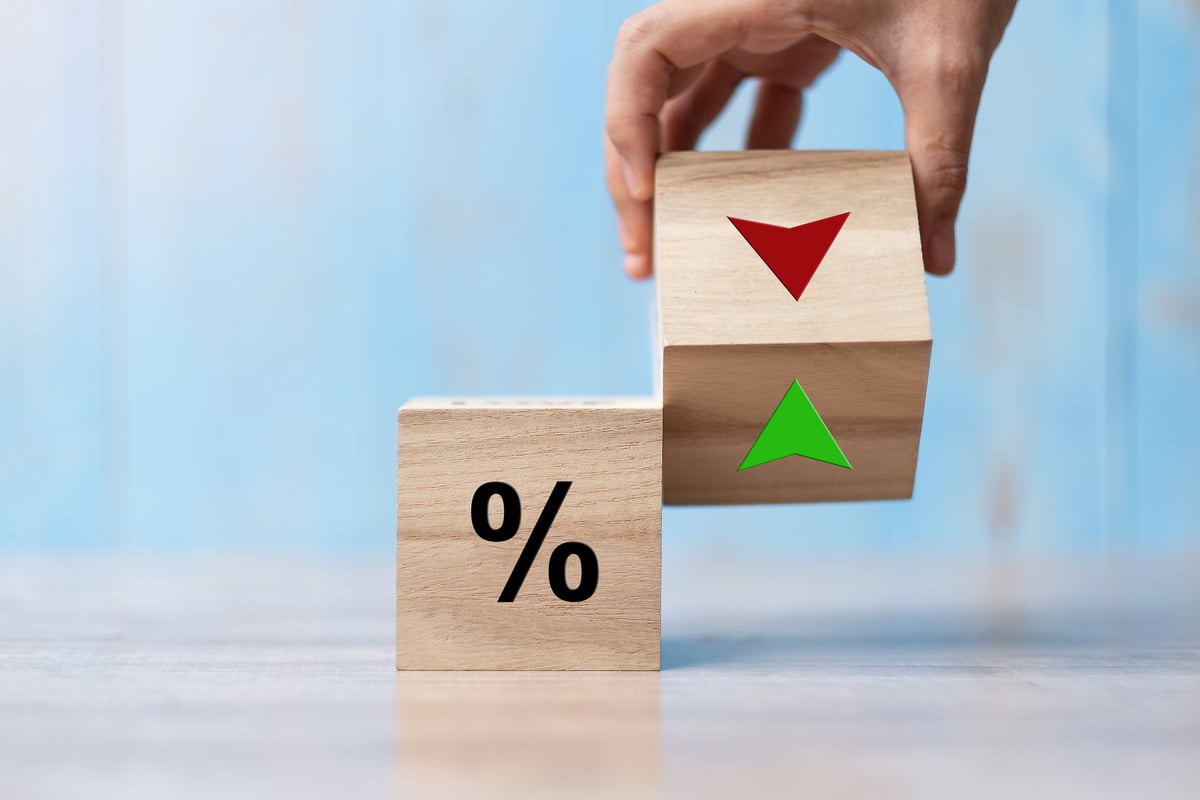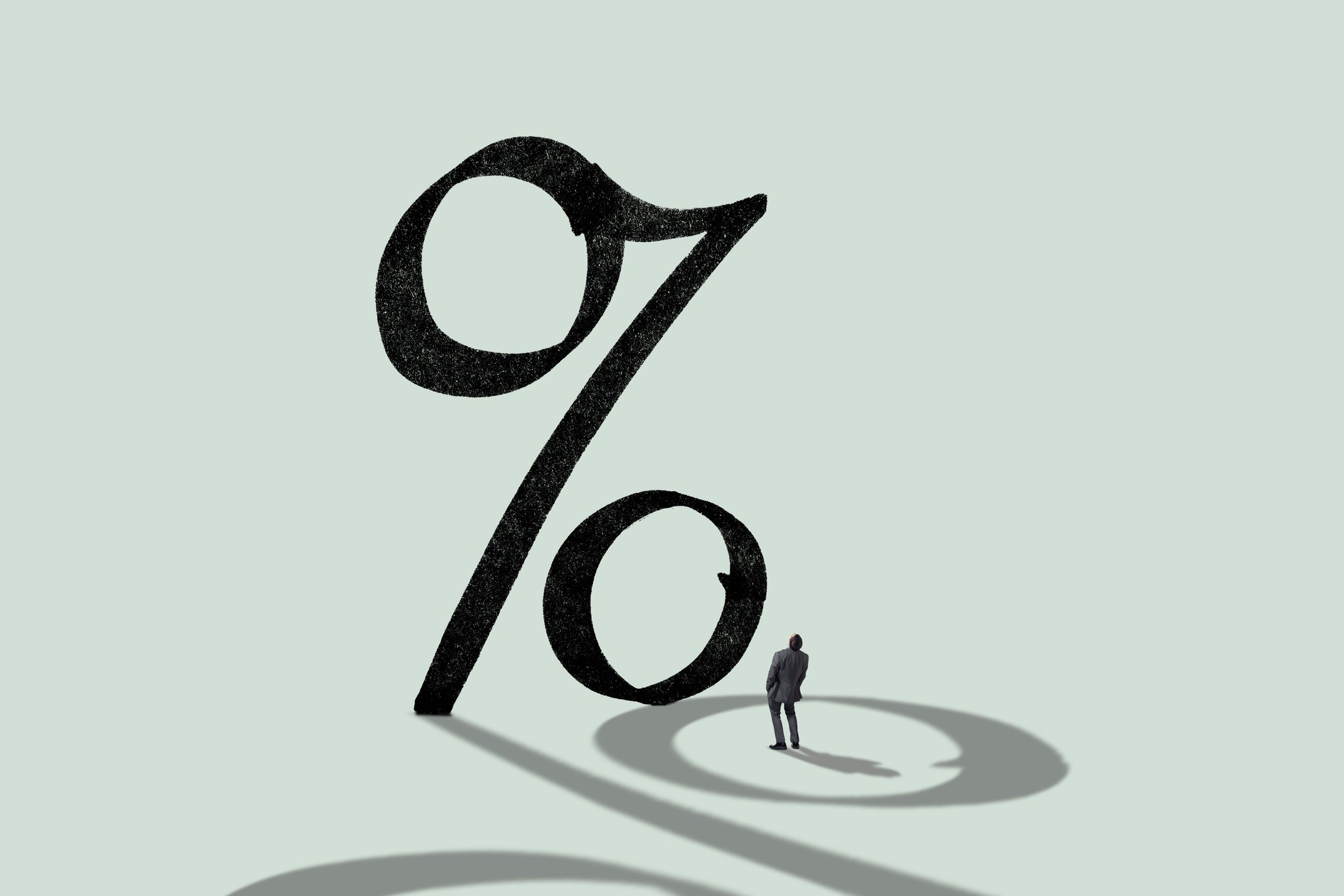While the COVID-19 outbreak is having a devastating effect on the U.S. economy, it's not having any impact on NextEra Energy Partners (NEP 0.50%). That was clear in the clean energy company's first-quarter results as well as its outlook for what's ahead. The company is so confident in its future that it now believes it can grow its 4.7%-yielding dividend by a 12% to 15% annual rate until 2022 without needing to make any more acquisitions.
A look at NextEra Energy Partners' earnings
|
Metric |
Q1 2020 |
Q1 2019 |
Year-Over-Year Change |
|---|---|---|---|
|
Adjusted EBITDA |
$225 million |
$294 million |
30.7% |
|
Cash available for distribution (CAFD) |
$130 million |
$43 million |
202.3% |
Data source: NextEra Energy Partners. EBITDA = earnings before interest, taxes, depreciation, and amortization.
NextEra Energy Partners generated robust earnings and cash flow growth during the first quarter. Fueling those results were improved performance from its existing operations and the impact of acquisitions completed in 2019.
Overall, EBITDA from its legacy assets rose by $20 million while CAFD jumped $72 million during the quarter. The biggest driver was a significant year-over-year improvement in wind resources. Last year, its wind assets only produced at 89% of their nameplate capacity during the first quarter. Production improved to 98% in this year's first quarter, which provided a significant boost since each 1% change in wind production impacts EBITDA by about $7 million to $9 million over the full year.
Meanwhile, the company also benefited from two needle-moving acquisitions completed last year. In March, it teamed up with its parent, utility NextEra Energy (NEE +1.75%), on a $1.02 billion deal to add six more wind and solar energy projects to its portfolio. Then in October, it agreed to buy a natural gas pipeline company from third-party sellers for $1.37 billion. Those new additions combined to add $54 million in EBITDA and $44 million in CAFD to NextEra Energy Partners' first-quarter tally.

Image source: Getty Images.
What's ahead for NextEra Energy Partners
Despite all the turbulence in the market, NextEra Energy Partners doesn't expect any impact on its operations or financial results this year. As a result, it remains on track to generate between $1.225 billion and $1.4 billion of adjusted EBITDA in 2020. Likewise, it still sees CAFD coming in between $505 million to $585 million. That's enough cash to support the company's plan to increase its dividend by 12% to 15% this year while maintaining a conservative payout ratio in the mid-70s.
CAFD, however, could be even higher since NextEra's lenders have restricted it from distributing cash received via its power sales contracts with bankrupt utility PG&E (PCG 1.08%). That company is on track to emerge from bankruptcy this year. Once that happens, NextEra Energy Partners' lenders will remove the restrictions on funds received from PG&E. That would increase its CAFD to a range of $560 million to $640 million.
With that bankruptcy process nearing an end, the company is now confident that it can increase its payout by another 12% to 15% in 2021 without needing to make any additional acquisitions from NextEra Energy or third-party sellers. Meanwhile, the company remains as convinced as ever about its longer-term outlook that it can maintain that pace through at least 2024, though it will need to start making acquisitions in 2022 to deliver on that outlook.
However, it has an extensive opportunity set given the number of renewable energy projects NextEra Energy has in operation and development. It also has a lot of liquidity to finance future deals, including $650 million of cash on hand.
The future remains bright
The COVID-19 outbreak isn't having any material financial or operational impact on NextEra Energy Partners. Because of that, and PG&E's progress toward exiting bankruptcy, it's growing more confident in its long-term dividend growth forecast. That makes it an increasingly attractive option for income investors, especially given that so many companies have had to reduce their payouts to stem the impact of this pandemic.








